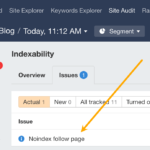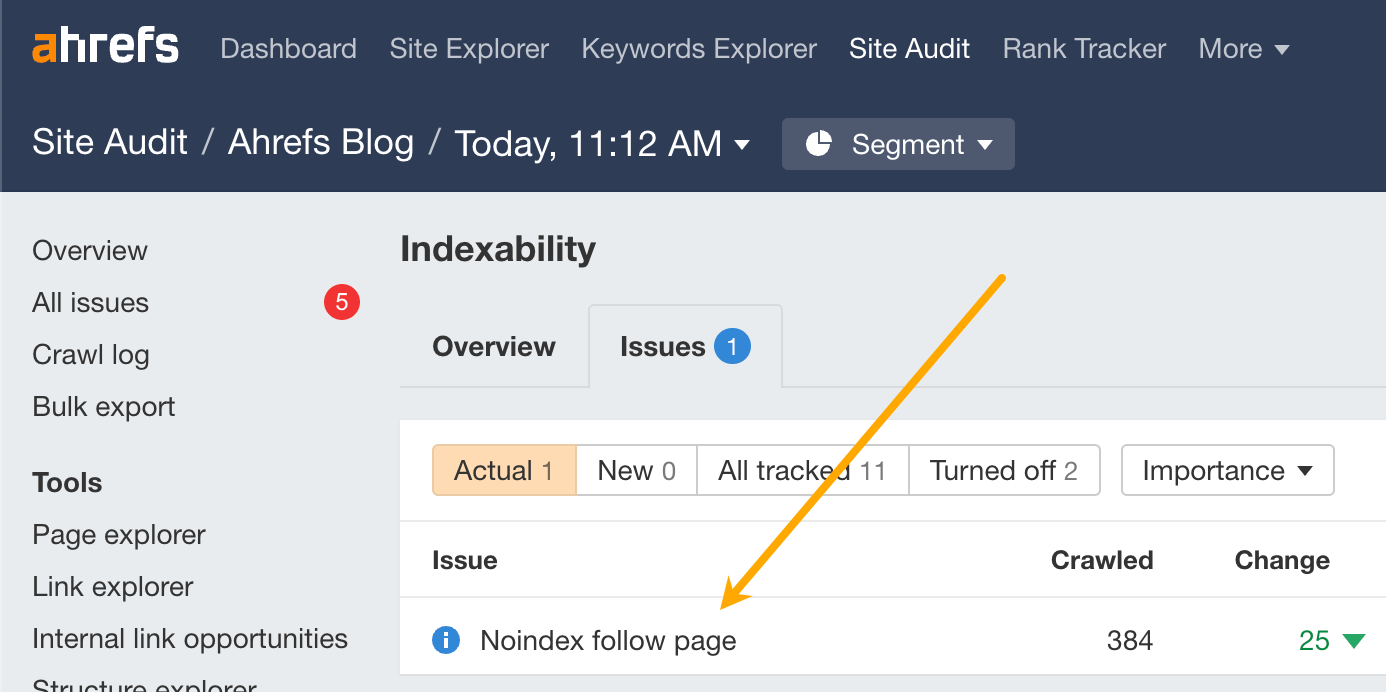Ahrefs is a powerful SEO tool that provides valuable insights into your website’s performance, backlinks, and keyword rankings. However, for Ahrefs to provide accurate data, your website must first be indexed in its database. This article explains how to ensure your website is indexed in Ahrefs and how to address potential indexing issues.
Steps to Ensure Your Website is Indexed in Ahrefs
1. Verify Your Website is Indexed by Search Engines
Ahrefs relies on data from search engines like Google. Therefore, ensuring your website is properly indexed by search engines is a critical first step. Here’s how:
- Submit Your Sitemap: Use Google Search Console to submit your website’s sitemap. This helps search engines discover your pages more efficiently.
- Fix Crawling Issues: Check your robots.txt file to ensure it doesn’t block important pages. Resolve any errors flagged in tools like Google Search Console.
2. Claim Your Website in Ahrefs
Once your site is indexed by search engines, you need to verify ownership in Ahrefs to unlock its full potential. To do this:
- Go to Ahrefs’ Site Audit tool.
- Add your website and complete the verification process by:
- Adding a TXT record to your DNS settings.
- Uploading an HTML verification file.
- Connecting your Google Search Console account.
3. Build a Strong Backlink Profile
Ahrefs often discovers websites through backlinks. To ensure your website is indexed, focus on acquiring quality backlinks:
- Promote Your Content: Share your website’s content on social media, forums, and industry-related platforms.
- Submit to Directories: List your website in reputable online directories.
- Engage in Outreach: Collaborate with bloggers and website owners in your niche to secure backlinks.
4. Use Ahrefs’ Site Audit Tool
Conduct a full crawl of your website using Ahrefs’ Site Audit tool. This will:
- Identify indexability issues such as broken links or redirect chains.
- Highlight areas for improvement, such as slow page speeds or missing meta tags.
5. Avoid Noindex Tags on Key Pages
Check your website’s pages for noindex tags. Pages marked as noindex won’t appear in search engines or Ahrefs. To ensure proper indexing:
- Review your meta tags and remove
noindexfrom pages you want indexed. - Use tools like Ahrefs or Google Search Console to monitor indexed pages.
6. Monitor Backlinks and Indexing Status
Regularly check your site’s status in Ahrefs using the Site Explorer tool. This allows you to:
- Verify which pages are indexed and driving traffic.
- Analyze your backlink profile to ensure consistent growth.
Conclusion
Ensuring your website is indexed in Ahrefs is crucial for leveraging its powerful SEO insights. By verifying your site in search engines, building strong backlinks, and addressing technical issues, you can optimize your website’s performance in Ahrefs and beyond. Regular monitoring and audits will help you stay ahead in the competitive world of SEO.

